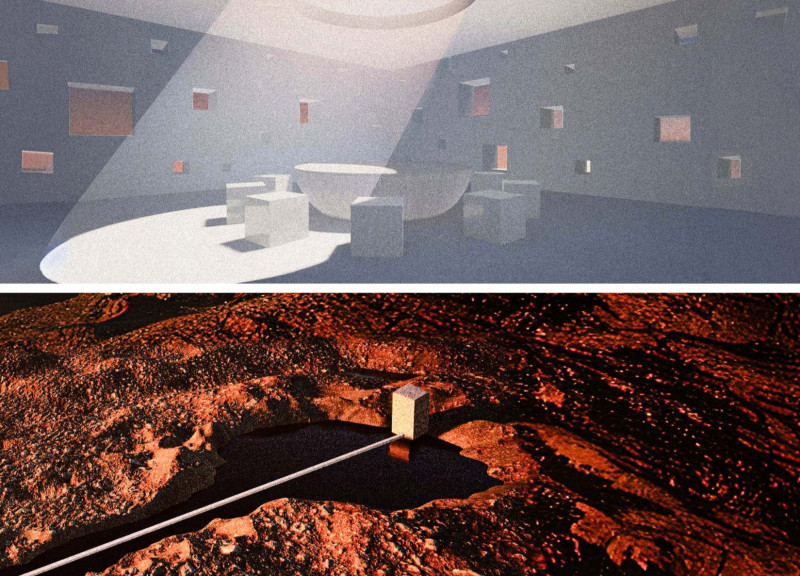5 key facts about this project
At its core, the project is designed to [insert main function of the building, e.g., provide communal spaces, serve educational needs, etc.]. This purpose is intricately woven into the structure, ensuring that every element contributes to a cohesive user experience. The layout encourages interaction and accessibility, with a flow that guides visitors through various spaces, fostering a sense of community. The placement of rooms and circulation paths reflects a deep understanding of how people navigate spaces, balancing public and private areas effectively.
The form of the building is defined by a combination of modern and traditional architectural elements. Its exterior envelope features a blend of materials, each selected for its performance and visual impact. The use of concrete establishes a robust foundation, framing the building while also contributing to its overall aesthetic. Large expanses of glass create transparency, allowing natural light to penetrate deep into the interiors. This focus on natural illumination not only enhances the ambiance but also reduces reliance on artificial lighting, aligning the project with sustainable practices.
Steel accents provide structural integrity while adding an industrial touch to the design. The strategic use of wood in specific elements introduces a warmth that balances the more austere characteristics of concrete and steel. Recycled materials find their way into the project as well, reinforcing the design’s commitment to environmental responsibility. This thoughtful selection of materials encapsulates the project's aim to create a space that is both inviting and functional, contributing positively to its surroundings.
One of the unique aspects of this architectural design is its approach to connectivity with the environment. The building is carefully oriented to maximize views of the landscape while minimizing energy consumption through passive design strategies. The landscape surrounding the structure has been designed not just for aesthetics but also to enhance biodiversity, incorporating native plants and sustainable drainage solutions. This responsiveness to the ecological context highlights a broader trend within architecture that seeks to harmonize human-made structures with the natural world.
Moreover, the incorporation of technological features further exemplifies innovative design approaches. Integrated smart technologies allow for energy monitoring and automation of lighting and climate controls, making the building not only user-friendly but also efficient. These advancements ensure that the project remains relevant within a rapidly evolving architectural landscape, emphasizing functionality without compromising on comfort.
The architectural design showcases a commitment to creating spaces that are not merely buildings but environments in which people can thrive. Each decision—from the grand gestures of its overall silhouette to the minute details of its finishes—reflects a dedication to quality and thoughtful design. This project stands as a model of how architecture can respond to the needs of its occupants while also respecting and enhancing its surroundings.
Readers are encouraged to explore the project presentation for a more comprehensive view, including architectural plans and sections that detail the spatial dynamics and design logic. Investigating these elements will provide deeper insights into the architectural ideas that drive this project, illustrating how it successfully marries form with function in its execution.























